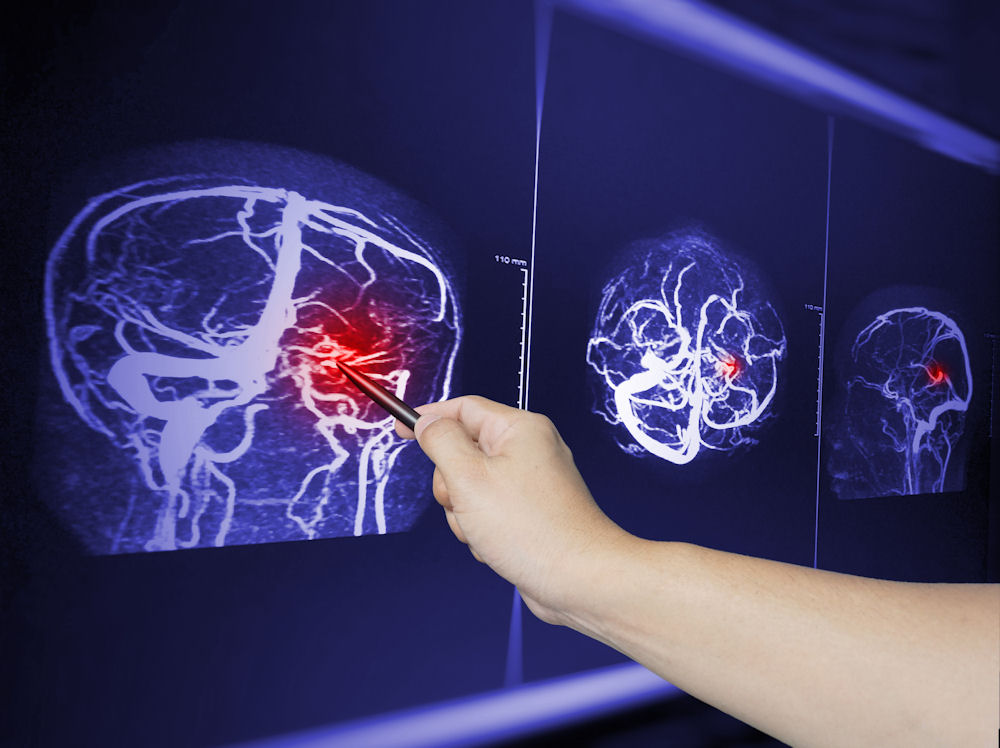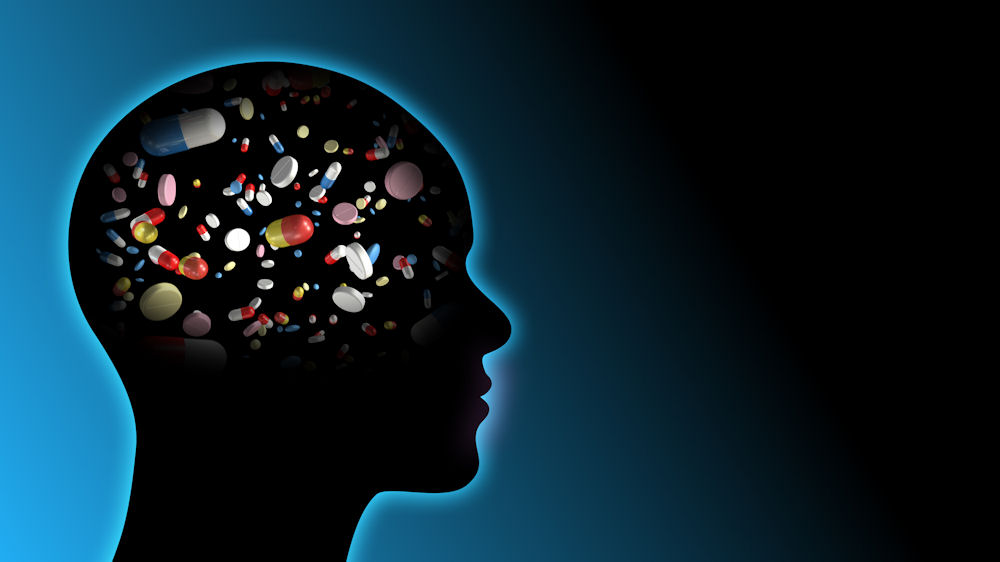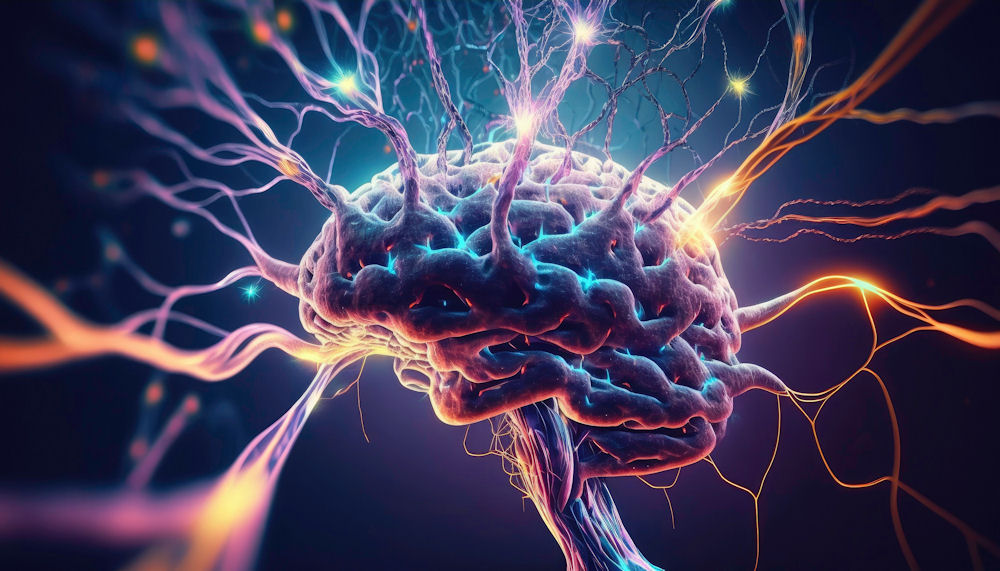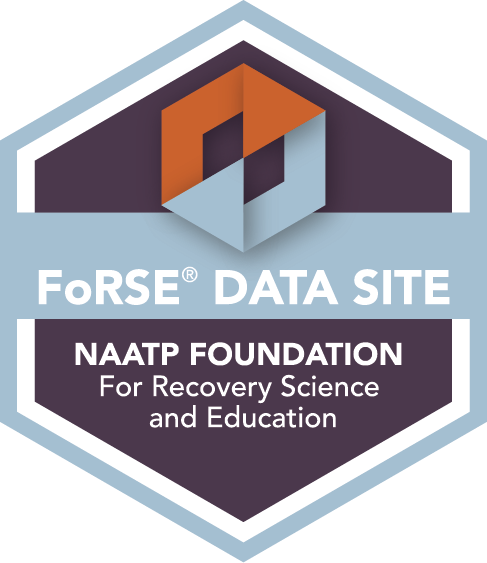Addiction affects millions worldwide but is often misunderstood. It’s not a lack of willpower or a moral failing—it’s a chronic brain disorder that relapses over time. At the heart of this condition lies the addicted brain, a system hijacked by substances that rewire how we experience pleasure, motivation, and self-control. Shifting the conversation from stigma to science helps us see addiction for what it truly is: a medical condition that deserves empathy, effective care, and long-term support.
At Northern Illinois Recovery, we believe education is vital to breaking myths and opening paths to healing. Understanding how drugs affect the brain and behavior empowers individuals, families, and communities to respond with clarity and compassion. This article explores how addiction reshapes the brain, why it’s so persistent, and what neuroscience reveals about recovery.
How a Normal Brain Works?
The brain is the most complex part of the body, made up of billions of nerve cells called neurons. These neurons communicate through electrical signals and neurotransmitters—chemical messengers that pass information across tiny gaps called synapses. This constant exchange controls everything we think, feel, and do.
At the base of the brain, the brainstem handles basic life functions like breathing, heart rate, and sleep. Above it, the limbic system—the brain’s reward center—drives motivation and pleasure. When we eat, socialize, or experience something enjoyable, dopamine is released, reinforcing that behavior. Key parts of the limbic system include the amygdala (emotion), hippocampus (memory), and nucleus accumbens (pleasure and reward).
Overseeing this is the cerebral cortex, particularly the prefrontal cortex, responsible for thinking, decision-making, and self-control. In a healthy brain, these systems work in harmony: dopamine is released for rewarding activities and returns to normal afterward. But with drugs, this delicate balance is disrupted.
Drugs flood the brain with unnaturally high levels of dopamine, creating intense pleasure. In response, the brain tries to restore balance by producing less dopamine or reducing its receptors. Over time, this dulls the response to natural rewards, making everyday pleasures feel flat, and driving the person to keep using just to feel “normal.”
What Does An Addicted Brain Look Like?

Addiction doesn’t happen all at once. It develops slowly, shaped by a mix of biology, life experiences, and how the drug affects the brain. Some people are more likely to become addicted because of their genes, especially if addiction runs in the family. Difficult life situations like trauma, neglect, peer pressure, or poverty can also raise the risk, especially during the teenage years when the brain is still growing and changing.
The type of drug and how it’s used also matter. Some drugs are more addictive than others, especially if they create a fast and strong high, like when someone smokes or injects them. These methods cause a big surge of dopamine, a brain chemical that creates feelings of pleasure, and that surge can strongly affect the brain.
Over time, these factors start to change how the brain works. The parts of the brain that help with good choices and self-control become focused on getting more of the drug. What may have started as a choice turns into a strong need, driven by real, physical changes in the brain.
How Addiction Hijacks the Brain?
The term “addiction” originates from a Latin word meaning “enslaved by” or “bound to,” a concept familiar to those who have faced addiction themselves or have supported others in their struggles. Addiction profoundly impacts the brain, revealing itself through three primary characteristics: an intense craving for the addictive substance or behavior, a diminished ability to control its use, and persistent engagement with it despite negative repercussions.
The brain’s reward circuit, which encompasses areas related to motivation, memory, and pleasure, is activated by addictive substances and behaviors, often leading to an overload of this system. All pleasurable experiences, whether derived from drugs, financial gain, or enjoyable meals, are processed similarly in the brain, marked by the release of dopamine in the nucleus accumbens, known as the brain’s pleasure center.
With repeated exposure to an addictive substance or behavior, communication between nerve cells in the nucleus accumbens and the prefrontal cortex becomes altered, linking the enjoyment of something with the desire for it. This connection drives individuals to pursue the source of pleasure repeatedly, ultimately resulting in dependency and addiction.

How Do Drugs Work in the Brain?
Drugs disrupt the normal functioning of the brain’s communication system. They either mimic neurotransmitters or overstimulate the brain’s reward circuits. For instance, heroin mimics the effects of natural opioids, while stimulants like cocaine or methamphetamine cause an overwhelming surge of dopamine.
Over time, the brain adjusts by reducing its sensitivity to these surges. The result? Tolerance, dependence, and cravings that feel impossible to resist. These changes are key features of the addicted brain, where the normal balance of pleasure, motivation, and self-control is deeply altered.
What Parts of the Brain Are Affected by Drug Use?
Several key areas of the brain are impacted by drug use:
- Prefrontal Cortex—Involved in decision-making, impulse control, and judgment. Drug use impairs this area, which can lead to risky choices and difficulty resisting urges.
- Amygdala—Regulates emotion and stress. Drugs can heighten negative feelings or numb them temporarily, reinforcing use during distress.
- Nucleus Accumbens—A core part of the reward system. Drugs overstimulate this region, making the experience feel intensely pleasurable and reinforcing continued use.
- Hippocampus—Handles memory and context. It helps store associations with drug use, such as specific people, places, or emotions, which can later trigger cravings and relapse.
- Brain Stem—Controls essential life functions like breathing and heart rate. Drugs like opioids can suppress this area, which is why an overdose can be fatal.
New Insights Into a Common Problem
New research has deepened our understanding of addiction and why it can be so difficult to overcome. Experts now recognize it as a brain disease—one that alters the regions responsible for pleasure, stress, and self-control. These changes in the addicted brain can persist long after a person stops using drugs, which helps explain why relapse can happen even when someone is deeply committed to recovery.
The good news is that addiction is treatable, and recovery is possible. With the right support—such as medical detox, comprehensive therapy, medication management, healthy lifestyle changes, and encouragement from family and friends—people can heal and rebuild their lives. Every recovery journey is unique, but many individuals go on to live fulfilling, healthy lives beyond addiction.
Why Are Drugs More Addictive Than Natural Rewards?
Our brains are wired to seek pleasure and avoid pain—a principle known as the “pleasure principle.” Natural rewards like food, exercise, and social bonding activate the brain’s reward system, but drugs override that system.

Drugs deliver an intense dopamine surge—far more powerful than what’s produced by natural activities. The brain is essentially tricked into believing that drug use is critical for survival. Over time, users lose interest in normal pleasures.
The brain learns through repetition. When a drug produces pleasure, the brain records that pattern. Environmental cues—like a specific place or group of people—become associated with the drug and can trigger cravings later on.
With continued use, the brain tries to balance itself by reducing dopamine receptors or releasing less dopamine. This leads to tolerance, where more of the drug is needed to achieve the same effect, increasing the risk of overdose.
Eventually, drug use is no longer about getting high—it becomes a necessity just to feel “normal.” The compulsive need to use, even when it’s harmful, is a hallmark of addiction.
Dopamine doesn’t just create pleasure; it also teaches the brain to repeat certain behaviors. When drugs flood the brain with dopamine, they create a powerful memory of pleasure. This memory system pushes individuals to seek the drug again and again, reinforcing the cycle of addiction.
Do I Have an Addiction?
Recognizing an addiction in oneself or a loved one can be difficult. While only a trained medical or mental health professional can provide a formal diagnosis, some common signs and symptoms suggestive of a substance use disorder include:
- Loss of Control: Using more than planned or longer than intended. Repeated failed efforts to stop or control substance use over time.
- Preoccupation: Spending excessive time getting, using, or recovering from substances, making it a central focus of daily life and energy.
- Continued Use Despite Harm: Ongoing use despite knowing it causes or worsens physical health, mental distress, or damage to relationships and responsibilities.
- Cravings: Overwhelming urges or strong desires to use the substance, often disrupting thoughts, focus, and daily routines or decisions.
- Tolerance: Increasing substance amounts needed to feel effects, or reduced response when using the same quantity over time.
- Withdrawal: Physical or mental symptoms appear when stopping or reducing use. Substance may be used to relieve withdrawal discomfort.
- Neglecting Responsibilities: Substance use interferes with major life roles at work, school, or home, leading to consistent underperformance or failure.
- Social/Recreational Sacrifice: Important hobbies, social events, or activities are reduced or abandoned to prioritize substance use over meaningful experiences.
- Risky Use: Continued substance use in dangerous situations, such as driving impaired or using drugs in unsafe, high-risk environments.
If you recognize several of these signs in yourself or someone you care about, it is crucial to seek professional help for assessment and guidance.
Recovery Is Possible at NIRC
At Northern Illinois Recovery Center, we offer compassionate, evidence-based care for individuals facing addiction. Our team understands how the addicted brain works, and we combine medical treatment, therapy, and community support to guide each person toward lasting recovery. Whether you’re taking the first step or starting over, we’re here to support you every step of the way. Reach out to us today—healing begins here.




